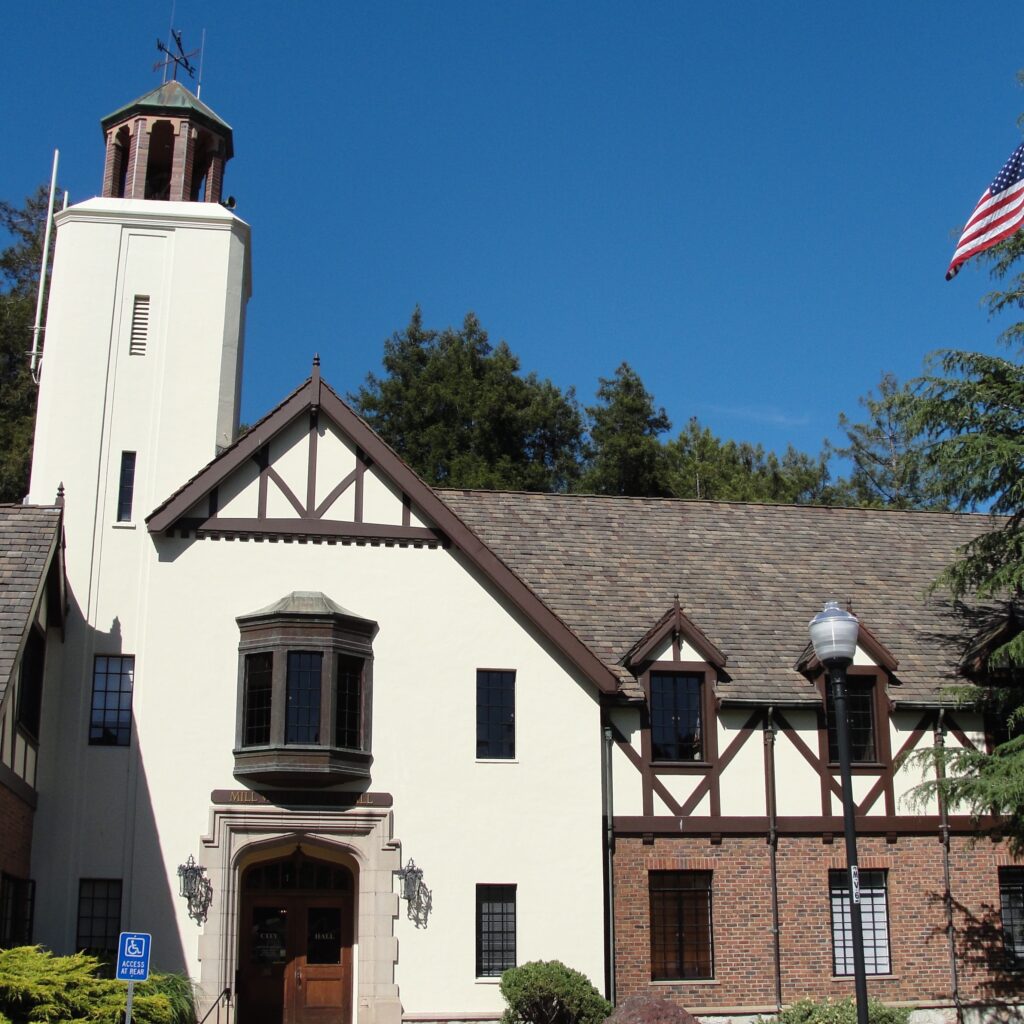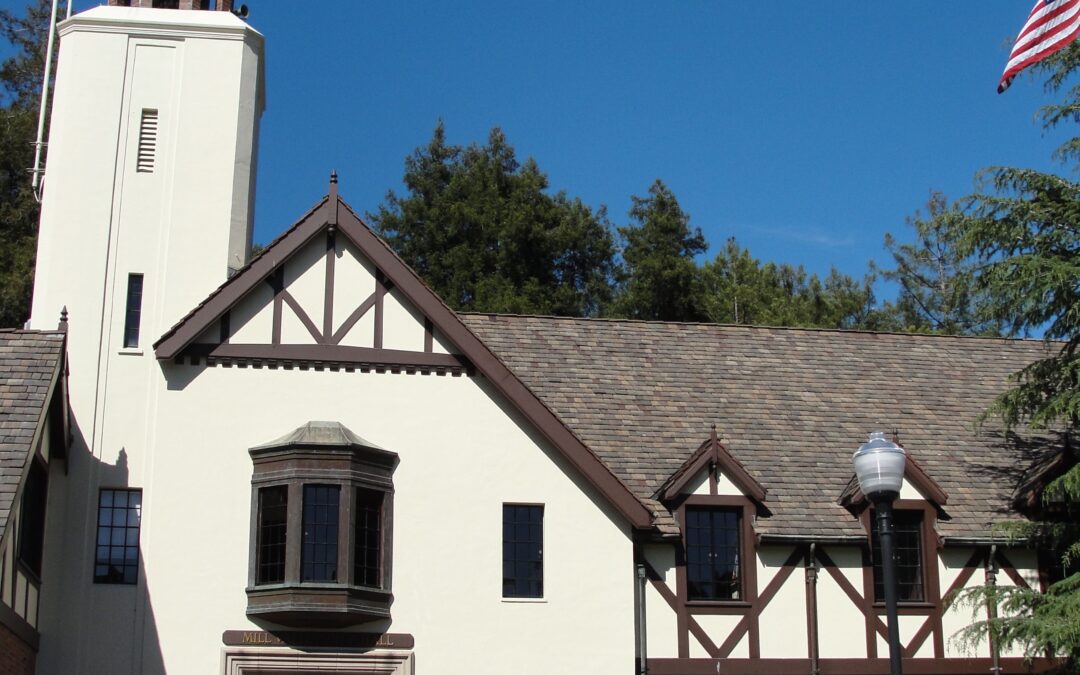
“For the past six years, through boom, bust and pandemic, California’s Legislature has ended each session with a blitz of new laws that aim to make housing more plentiful and affordable. Statewide rent control. Moves to encourage backyard units. A dismantling of single-family zoning rules. The barrage continued in this year’s session, concluded (last month), when lawmakers passed a pair of measures that aim to turn retail centers, office buildings and parking lots into potentially millions of future housing units — moves that caused many political observers to reconsider what is politically possible.”
So wrote New York Times reporters Conor Dougherty and Soumya Karlamangla last month, noting that Newsom and his Attorney General Rob Bonta are making an increasingly aggressive effort to enforce housing laws already on the books. Newsom went so far as to tell the the San Francisco Chronicle that “NIMBYism is destroying the state.”
On the receiving end of that oft-frustrating avalanche of housing legislation and the disparate opinions about if and how to implement them are longtime government servants like City of Mill Valley Senior Planner Danielle Staude, who is among those at City Hall charged with digesting new housing policy and implementing in a way that is right-sized for Mill Valley.
“The state continues to be serious about streamlining the review, approval and construction of housing,” Staude says. “State laws continue to streamline accessory dwelling units and facilitate building on commercial sites. There are also more regulations about certain projects that get streamlined review and bi-right approvals.”
The bill requires the permit application process to be moved online and jurisdictions to create detailed lists of permit requirements, and would not be able to add requirements for applications in progress.
Newsom also signed a bill to ban cities from requiring new developments near public transit to set aside space specifically for parking, as well as AB 2011, Oakland Assemblymember Buffy Wicks’ bill that attempts to fast-track housing development along commercial strips by skipping the California Environmental Quality Act, or CEQA, that developers say often kill or stymie, and make more expensive housing projects,” according to CalMatters. Some housing advocates have argued that turning idle commercial land into housing would address both the housing and climate crises.
In an odd twist, after weeks of tense negotiations between two unions over the labor provisions in a pair of housing bills, the labor groups failed to hammer out a compromise, so leadership in the state Assembly and Senate simply gave their seal of approval to both bills, CalMatters reports. They opted to give developers two choices if they want to build housing where strip malls once were: Comply with stricter affordability standards or stricter labor standards. Another bill Newsom signed, AB2234, requires the permit application process to be moved online and jurisdictions to create detailed lists of permit requirements, and would not be able to add requirements for applications in progress.
With all of that legislation in recent years in mind, Binyamin Appelbaum, a member of the New York Times editorial board, wrote that “the willingness of California’s state leaders to override the obstructionist proclivities of local governments in the service of the broader public interest is making a real difference.”
While the mountain of legislation cascading down to Mill Valley planners is often beyond their ability to control, they’re continuing to move the needle on the project for which city officials are very much at the helm: the 1 Hamilton development on city-owned land.
On September 19, councilmembers backed a series of recommendations based on preliminary site planning and community outreach, including the relocation of 36 public parking spaces, restroom facilities and electric vehicle charging station that currently reside on the northern portion of 1 Hamilton Drive. Relocating those facilities allows the City to further consider and plan for affordable housing on the site. Other circulation and additional parking improvements were also discussed.
On Oct. 13th from 6-9pm at the Mill Valley Community Center, city officials host a Community Open House discussion of building footprint and conceptual design of the project.

